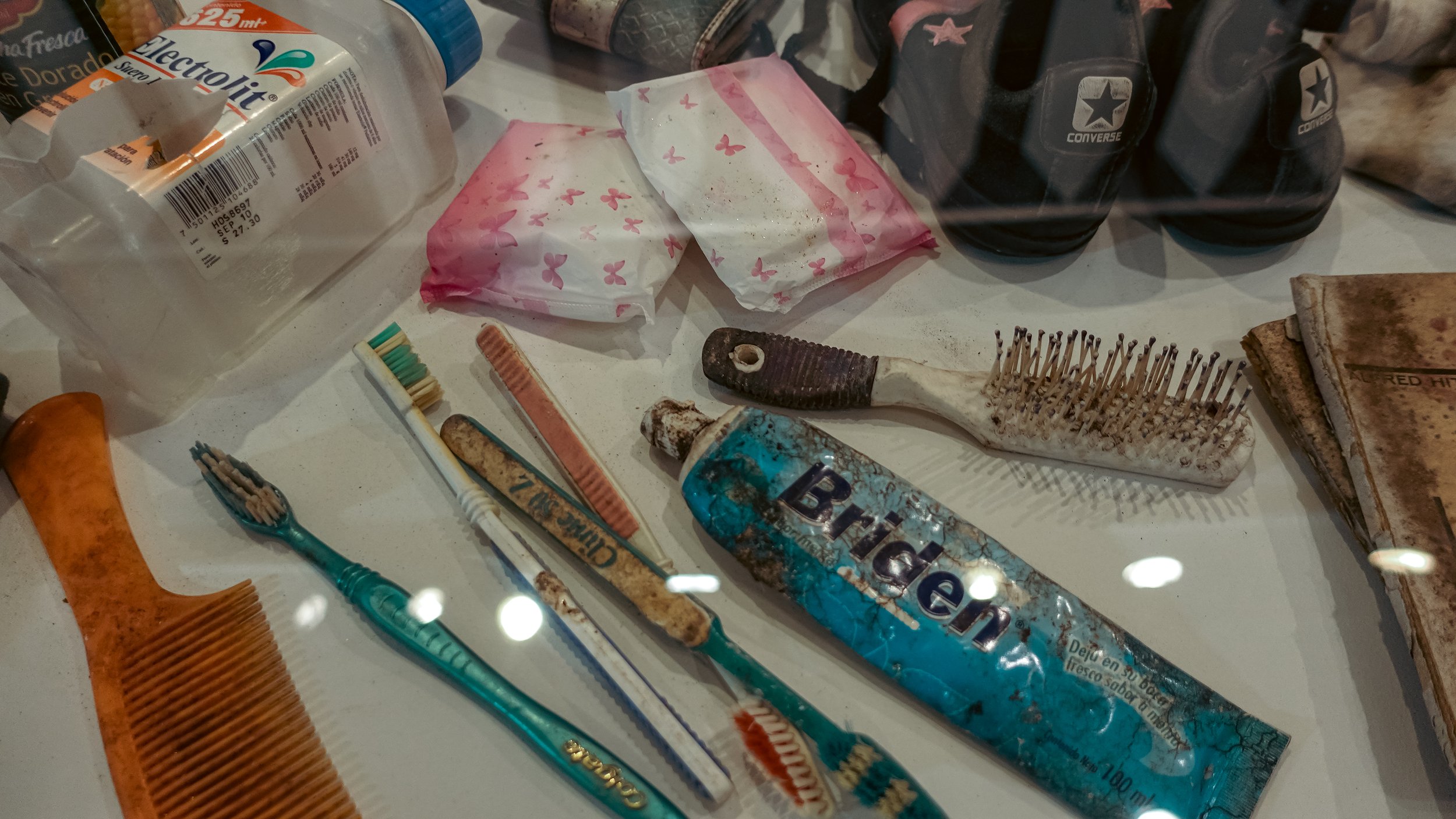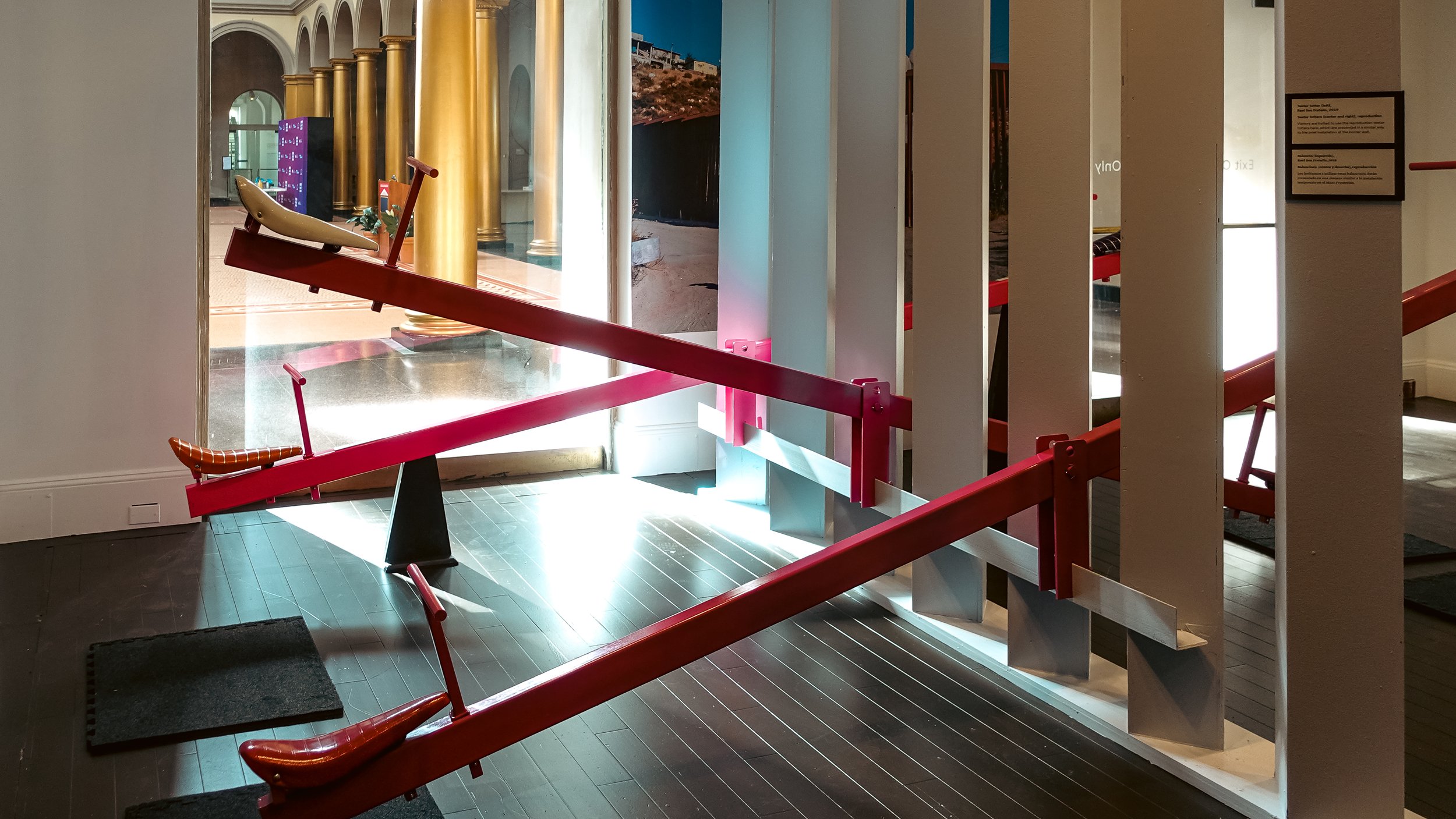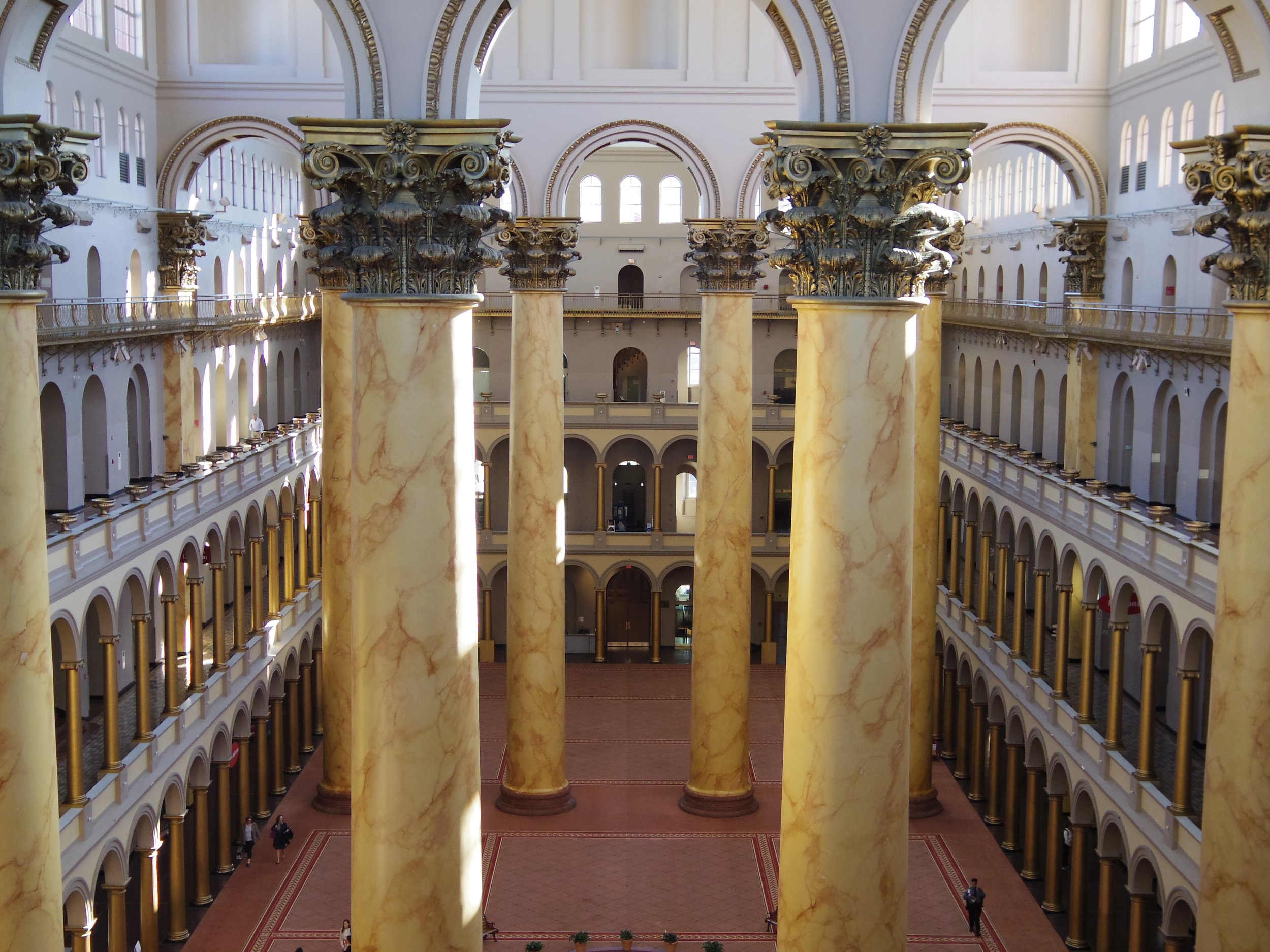Learning through food histories is a fascinating & compelling way to explore the past and learn about peoples, regions, and cultures. For instance, a few years ago I wrote a 60 minute food histories of DC program for a client and through this strictly food-based research, I learned so much more about the District of Columbia itself. A new exhibition at the Capital Jewish Museum titled "I’ll Have What She’s Having”: The Jewish Deli encapsulates all of that same sentiment and more.
From exploring the effects of 20th century immigration, to defining the actual foods served in delis, to surprisingly relevant modern day pop culture movie references, this exhibition is more than just a food history. It showcases how American Jews, through delis, created new American food traditions, ensured continuity of important established traditions, and practiced a time-tested, cross cultural social exercise — sitting down together to have a meal.
Of course, since this is the Capital Jewish Museum —as in Washington, DC— there is a solid emphasis on the DC area history in deli culture from present day and years past. That includes the suburbs of Washington, too. Not to mention the existing interactive computer display of delis and other Jewish owned business, schools, places of worship, and significant sites in the ongoing exhibition (Connect. Reflect. Act.).
I loved the mix of laying groundwork through immigration histories while showing present day ephemera that makes every individual deli that particular deli — uniforms, menus, equipment, signage, and advertisements. We have all seen these places in everyday city life, but the context and meaning make seeing the exhibition more of a journey. And of course, if you explore it all from beginning to end, you'll get to watch the namesake, payoff “I’ll have what she’s having” film scene in the final gallery. Admittedly a somewhat hilarious sounding clip if you haven't seen the movie and you hear it while making your way through the adjacent room in the exhibition.
“I’ll Have What She’s Having”: The Jewish Deli” is on view through August 20, 2024. As a special exhibition, it does require an entrance ticket of $15. The rest of the museum is free with timed ticket. Walk-ins are excepted as space permits. 575 3rd St NW.































